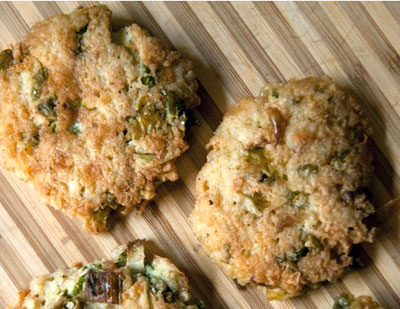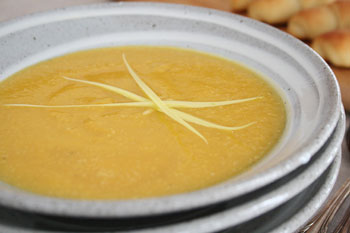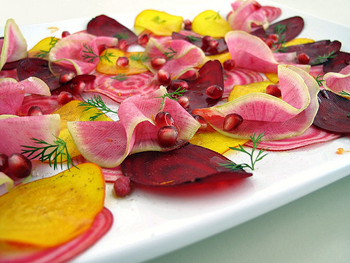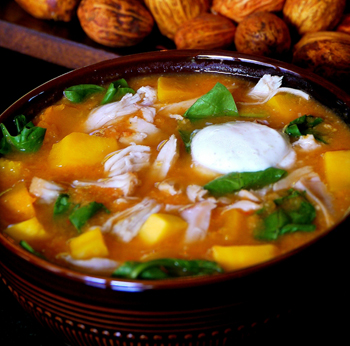 Without being super conscious about it, I have been making more and more vegetarian meals. Millet, lentils, quinoa, black beans, and lots of green vegetables are consumed weekly while less meat and chicken grace our dinner table. Don’t get me wrong, I like my animal protein. As long as it is pastured and raised in an environment that you and I would want to be raised in.
Without being super conscious about it, I have been making more and more vegetarian meals. Millet, lentils, quinoa, black beans, and lots of green vegetables are consumed weekly while less meat and chicken grace our dinner table. Don’t get me wrong, I like my animal protein. As long as it is pastured and raised in an environment that you and I would want to be raised in.
Last winter, when we switched over to a gluten free diet, I cleaned out the pantry. I was amazed at how much food I had on hand and I realized that I could feed my family for a month based on the existing inventory.
In that inventory, there was an unopened bag of millet. I have always liked millet but pretty much forgot about it. Instead, I was making a lot of farro, quinoa, and barley. Quinoa is one of the few grains that we continued to eat and I decided to open that bag of millet and start experimenting.

 Happy New Year! It's hard after the holidays not to want to take a break from all the indulgence and make sweeping resolutions. My diet resolutions this year are simply to eat more soups and salads. Sure, I'd love to eat healthy, exercise more and lose weight but I'm trying to be realistic.
Happy New Year! It's hard after the holidays not to want to take a break from all the indulgence and make sweeping resolutions. My diet resolutions this year are simply to eat more soups and salads. Sure, I'd love to eat healthy, exercise more and lose weight but I'm trying to be realistic.  As the New Year begins, it only seems right to offer a recipe for a soup that is chock full of vegetables and even a little bit of fruit. The creamy soup will incorporate nicely into a regime of healthful menus.
As the New Year begins, it only seems right to offer a recipe for a soup that is chock full of vegetables and even a little bit of fruit. The creamy soup will incorporate nicely into a regime of healthful menus. I can't think of a better food for the cold days upon us than a big bowl of comforting chili. There is something special about the heat of chile peppers that has a rightful place in this stew. Chili is a great dish for bringing people together and it can feed a crowd very easily. This recipe can be doubled or tripled. It's perfect for when you have group of friends over for game-watching on Super Bowl Sunday. The best part about a recipe like this is that it can be prepared in advance and simply reheated when it's time to serve. No one needs to slave away at the stove and miss watching the game.
I can't think of a better food for the cold days upon us than a big bowl of comforting chili. There is something special about the heat of chile peppers that has a rightful place in this stew. Chili is a great dish for bringing people together and it can feed a crowd very easily. This recipe can be doubled or tripled. It's perfect for when you have group of friends over for game-watching on Super Bowl Sunday. The best part about a recipe like this is that it can be prepared in advance and simply reheated when it's time to serve. No one needs to slave away at the stove and miss watching the game. Eat your beets! We've all heard that from our moms quite often as kids. Unfortunately it was more often canned beets that we were persuaded to eat. As a curious eater, I've come to appreciate beets in many different preparations. I especially love them roasted in salads. But have you ever thought of eating them raw? Sliced very thinly, beets and other root vegetables, make great salads. Yes, it's possible to slice them thin with a knife, but a mandoline does the job better than anything else to get paper-thin shavings.
Eat your beets! We've all heard that from our moms quite often as kids. Unfortunately it was more often canned beets that we were persuaded to eat. As a curious eater, I've come to appreciate beets in many different preparations. I especially love them roasted in salads. But have you ever thought of eating them raw? Sliced very thinly, beets and other root vegetables, make great salads. Yes, it's possible to slice them thin with a knife, but a mandoline does the job better than anything else to get paper-thin shavings.
